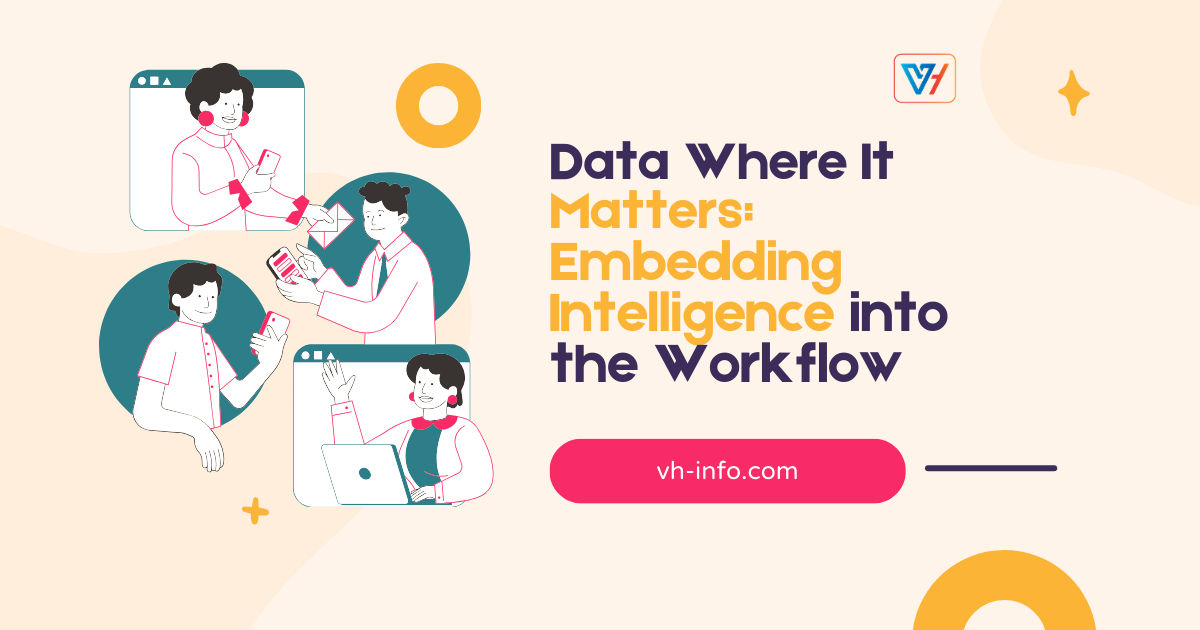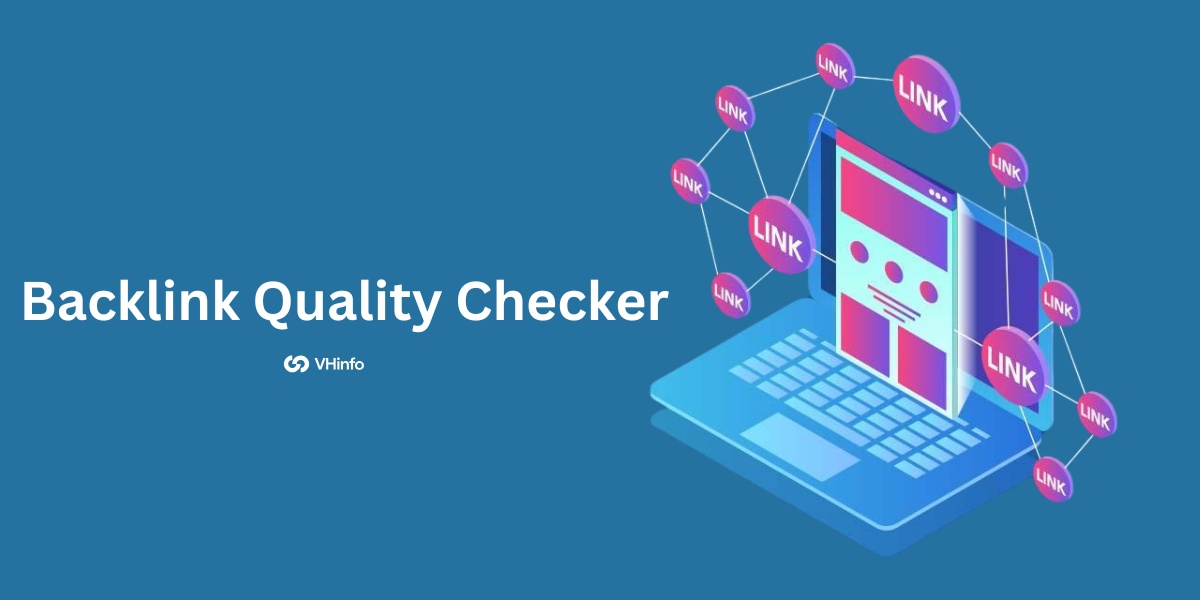Digital transformation isn’t just about collecting data—it’s about turning it into real-time, relevant insights. Static reports and disconnected dashboards are no longer enough for users who expect instant context and fast answers. Businesses are moving toward environments where analytics are integrated directly into daily operations. Users don’t want to leave their tools to view performance—they want numbers, alerts, and trends where decisions are made. The need now is for flexible, scalable analytics that feel native to the products or platforms people already use. This is where embedded analytics is making a noticeable difference across industries. Read through this article to see how the smartest organizations are putting intelligence into action, without ever breaking workflow.
Bringing Data into the Applications People Use
Traditional analytics platforms require users to open a separate interface, learn a new system, and leave their task at hand. That friction slows down decision-making and lowers the odds that insights will be used. Modern users expect smarter, faster delivery—and that means embedding dashboards, visualizations, and metrics into the tools they already use daily.
Whether it’s a CRM, finance tool, logistics app, or customer portal, embedded analytics streamlines how data is consumed. It becomes a native part of the experience rather than something that feels bolted on. You’re not opening multiple windows or chasing down reports. You’re acting on information in the same moment you receive it.
This isn’t just about improving efficiency. It fundamentally changes how decisions are made. When the barrier between insight and action disappears, decisions happen faster—and with more confidence. Teams spend less time interpreting data and more time using it.
The design of these embedded experiences is also improving. Visualizations are simplified, mobile responsive, and built with user context in mind. That reduces learning curves and increases data literacy across departments.
Making Insight Personal to the Role
People want relevant data, not just more data. One of the biggest wins in embedded analytics is the ability to personalize insights based on role, department, or user type. What matters to a sales leader isn’t the same as what matters to a supply chain manager or an HR director. Embedding analytics into core applications gives organizations the chance to deliver targeted, role-specific data at scale.
With granular controls, teams can create layers of access that reflect what each user needs. Executive summaries, team performance, individual KPIs—all accessible from the same source but filtered to the right person. ETL processes in practice make this possible by preparing and organizing data so it flows smoothly into personalized dashboards. That specificity improves performance and reduces noise. When users aren’t overwhelmed with irrelevant dashboards, they’re more likely to check metrics regularly.
This kind of personalization supports better habit-building around data. People begin to trust the numbers because they see them in their proper context. They can filter, interact, and drill down with confidence, knowing the information was built for them.
It also increases accountability. When everyone can see their part in the bigger picture, alignment happens naturally. The business becomes more agile, responsive, and transparent.
Scaling with Growth and Complexity
As companies grow, their data needs expand rapidly. What worked for a team of ten might not scale for a team of 500. The number of queries increases. The number of users multiplies. And the complexity of data structures expands across new platforms, integrations, and business units. Embedded analytics must support all of that, without compromising performance.
Modern solutions are built for this scale. They separate storage from compute, offer elastic processing power, and support multi-tenant architectures. That means businesses can maintain speed and reliability, even under peak load. Dashboards load quickly. Queries return accurate results, even when millions of rows are involved.
Scale also means multi-device access. Embedded analytics must work across desktops, tablets, and mobile devices with no loss of function or clarity. Responsiveness is key, especially as hybrid teams work from multiple locations, time zones, and networks.
Data security must scale, too. Granular permissions, encrypted data handling, and strict compliance standards become essential when analytics reach across departments or out to customers.
Instead of slowing down as they grow, companies can keep insights flowing at the speed of business.
Custom Look and Feel That Builds Trust
Design plays a central role in how people perceive analytics. If the dashboard looks out of place, clunky, or overly technical, users are less likely to trust or use it. Embedded analytics needs to match the host application’s brand, tone, and UI language—seamlessly.
Customizable themes, fonts, colors, and layout controls make it possible to blend analytics into the product so tightly that users can’t tell where one stops and the other begins. That consistency reinforces the professionalism and usability of the platform.
A branded experience isn’t just about aesthetics—it’s about usability. Familiar navigation patterns, interactive elements, and clear labeling reduce cognitive load. Users don’t have to relearn how to move through data; they already know the interface.
For SaaS companies, this is a major competitive advantage. Clients receive insights that look and feel like part of the product they’ve invested in. That helps strengthen retention, boost satisfaction, and drive long-term engagement.
Internal teams also benefit. Branded, easy-to-use analytics can replace static spreadsheets and clunky tools that no one enjoys using. The result? Faster adoption, better collaboration, and more action based on insight.
Secure by Design, Not as an Afterthought
Data security is not optional, especially when analytics are exposed to a broad audience inside and outside the organization. Embedded analytics must meet enterprise-level security standards without requiring massive infrastructure overhead or long deployment cycles.
Access control begins at the user level. Role-based permissions ensure users only see what they’re meant to. Multi-level authentication and integration with identity providers allow companies to apply their existing security frameworks to analytics without friction.
Encryption at rest and in transit is standard. The ability to audit usage and track who views or shares data adds an extra layer of compliance. For organizations in regulated industries—like healthcare, finance, or government—this level of transparency is critical.
Security must also be easy to manage. Admins need dashboards to monitor user behavior, adjust roles, and revoke access as needed. Embedded platforms that support these controls out of the box give IT teams peace of mind without creating bottlenecks.
Trust builds when people know their data is safe. Embedded analytics that prioritize security earn that trust from day one.
Forward-thinking teams embedding insights into digital products and operations are now relying on the Sisense embedded analytics solution to turn static data into real-time, contextual decisions—inside the platforms where real work happens.



